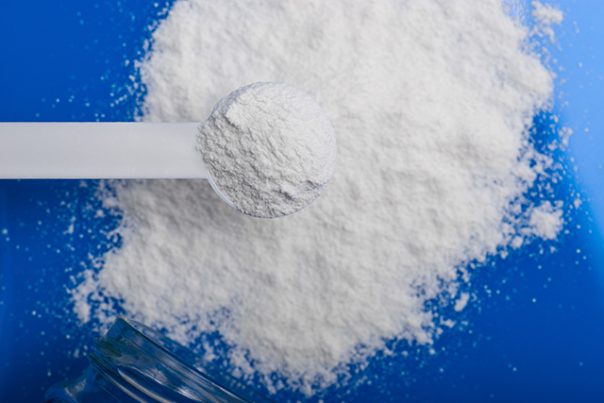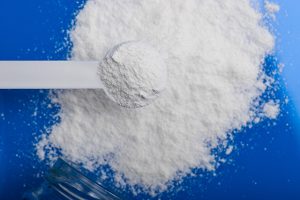
Ammonium bicarbonate sources, health risks
Thursday, October 05, 2017 by Frances Bloomfield
http://www.naturalpedia.com/ammonium-bicarbonate-sources-health-risks.html

Ammonium bicarbonate is an inorganic compound that is most commonly used as a leavening agent, and was often utilized as such prior to the ready availability of modern-day baking powder. Originally made by grinding up the antlers of reindeer, ammonium bicarbonate is now more commonly made by combining ammonia with carbon dioxide. Ammonium bicarbonate can leave behind an unpleasant ammonia flavor and odor when utilized in cooking, which is why it’s most often used in small baked goods that will allow the odor to disappear while baking.
In addition to its culinary applications, ammonium bicarbonate is also often used in fire extinguishers, and to create pigments and dyes.
Harmful effects that can be caused by ammonium bicarbonate
Exposure to ammonium bicarbonate has been known to have both short- and long-term health effects. The short-term health effects of ammonium bicarbonate exposure include irritation to the nose, throat, and lungs, which can in turn lead to shortness of breath, wheezing, and coughing. Ammonium bicarbonate can irritate the eyes and skin on contact. These symptoms can occur immediately after exposure or shortly afterwards.
Long-term ammoniun bicarbonate exposure, on the other hand, can irritate the lungs. Repeated exposure has been shown to cause bronchitis with coughing, shortness of breath, and/or phlegm that can last from several months to many years.
Ammonia bicarbonate that is heated may become ammonia gas, a toxic gas that is irritating and corrosive. High concentrations of ammonia gas will cause immediate burning of the respiratory tract, nose, and throat, and may even bring about respiratory distress or failure due to airway destruction. Low concentrations of ammonia gas can result in nose and throat irritation, as well as coughing.
Body systems harmed by ammonium bicarbonate
Since ammonium bicarbonate can irritate the skin, lungs, and throat, it can be classified as harmful to the skin and the respiratory system.
Those who are most at risk of ammonium bicarbonate irritation are workers involved in physical and mechanical processes, like dust releasing operations that involve blasting, mixing, and grinding.
Where to learn more
Summary
Ammonium bicarbonate can act as an irritant to the respiratory system and skin. Short-term exposure can irritate these body systems, while long-term exposure can result in bronchitis. Exposure to fire can cause ammonium bicarbonate to become ammonia gas, which can cause coughing and throat and nose irritation in small concentrations, respiratory distress at high concentrations.
Sources include:
ScienceDirect.com
NJ.gov
PubChem.NCBI.NLM.NIH.gov
Health.NY.gov
Tagged Under: Tags: Ammonium bicarbonate






